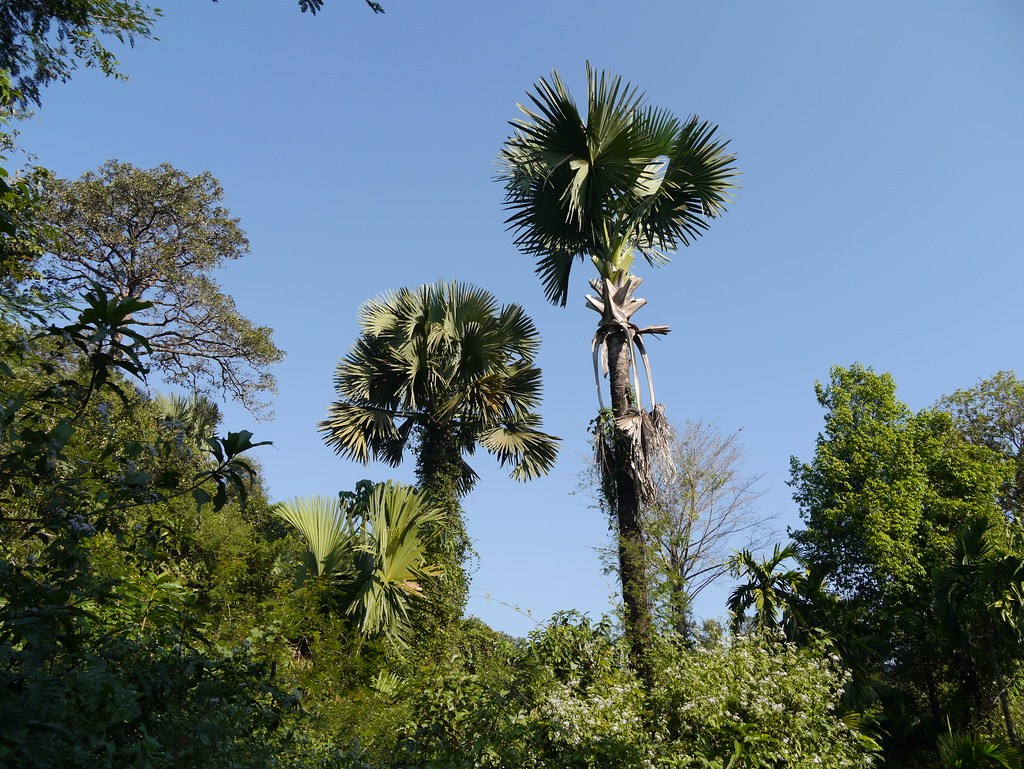Since 2018, a community enterprise has started selling long-lasting household products made from its wood.
With a majestic inflorescence that has the largest flowering in the world, the talipot palm – known as the traing in Khmer – can be seen growing abundantly in Chhaeb district of Preah Vihear province in northern Cambodia.
The community – located in the nature reserve area of Chhaeb district – has learned about the benefits of these trees and have found creative uses for them by making them into kitchen or dining utensils and home decor products.
This creative use of the talipot palms has been earning families in Chhaeb district extra income beyond what they earn through their primary occupations as farmers.
Seeing a great deal of potential in both the talipot palm and the craft skills of the people living in the Chhaeb district area, the Non-Timber Forest Products Exchange Programme of Cambodia (NTFP-EP) began discussions with the community a few years ago about starting a social enterprise using the talipot palm as a raw material.
“We started the process in 2017 and then in 2018 we officially became structured as an enterprise. Now we have five teams and each team has from five to ten or more members in their group,” NTFP-EP’s community enterprise development officer, Men Sokheng, tells The Post.
Team members are aged anywhere from 35 to 70 years old, though most of them are over the age of 50.
“Frankly speaking, we are not targeting any particular age group. It just happened to be the case that this skill is much more common among the elders. Since they are too old to migrate elsewhere for employment, this has become their work aside from farming. The other reason is that not many people in the younger generations have learned this skill yet,” Sokheng says.
“There are three types of talipot palm but only two of these types are used by the villagers. One is known as the “buffalo’s horn” palm and the other is known as the “chicken’s blood” palm,” says Sokheng.
He says the villagers have learned a lot about the production of different materials and about techniques for harvesting from talipot palms in protected areas without affecting the growth or sustainability of the plant.
“For any given plant, only one or two branches can be harvested and the tree should be at least 30 years old. That way, no harm is done to the area’s natural resources – this is totally sustainable,” Sokheng says.
Customers for the talipot palm products are mostly villagers, restaurants and furniture stores.
“We have mostly been making kitchen utensils, including chopsticks, forks, spoons, scoops, ladles, spatulas and swords as a decorative item. The cost is between 3,000 riel and 15,000 riel.”
Sokheng explains some of the benefits of talipot palm products: “These products are both natural and organic. They are durable and will last for a long time and the patina on them actually becomes smoother with use. Unlike plastic utensils, they will not melt. And unlike metal utensils, they do not heat up rapidly and burn your hands,” Sokheng explains.
According to cambodianess.com and phnompenhpost.com












